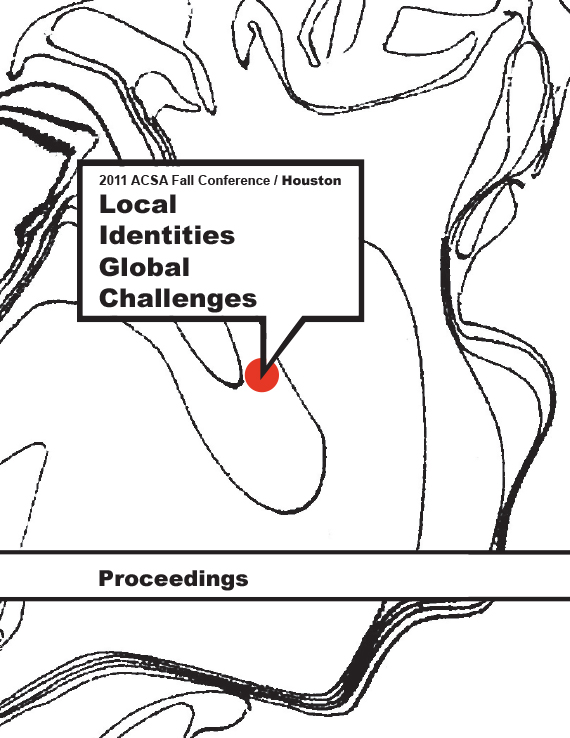Author(s): Filiz Ozel
Probably nowhere else in the world can one see a stronger melding of global and local identities through design than in Turkey, especially in Istanbul where literally and metaphorically East meets West. From the grand ideas of the government such as the project to build a canal parallel to the beautiful Bosphorus to move ship traffic away from the Bosphorus to the new buildings that look like as if they have just sprung out of Rhino modeling software curving and spiraling (e.g. DAP Burgu kule highrise to be built on the Anatolian side of Istanbul: http://www.dapburgukule.com/) to new building materials from vinyl sidings to faux marble, globalization’s effects are everywhere in Turkey. Urban planning projects such as the one proposed by Zaha Hadid for Istanbul suburb of Kartal may very well have been designed for Singapore, Dubai or China (http://www.zaha-hadid.com/masterplans/kartal-pendik-masterplan). Designers are clearly struggling with the idea of balancing the traditional with the global in a country where the east have always met the west, sometimes on its own terms, sometimes shifting the balance in one direction or another. The struggle is how to come to a synthesis that does not fall prey to orientalism or to kitsch, although there are probably only a few success stories in this regard.Often one can hear concerns voiced by urban planners and designers regarding the new silhouette of Istanbul shifting from “centuries old historic” to almost “futuristic” no doubt affected by the digital tools of the present day. The historic is almost becoming a spectacle, simply a show for those visiting the city. The city is changing at a very fast pace. The rhetoric that reflects this change ranges from high priced condos being called “residences” to single family homes being called “villas” from bed & breakfast hotels being “suites” to shopping centers being “City Centers” or “Mall’s. There are however pockets in the urban fabric where there is genuine effort to come to a synthesis between the old and the new, between the east and the west.Imported building materials are affecting architectural design and interior design alike in Turkey. Actually, some of the successful examples of melding of the global into local identities can be found in the area of interior design, and to a certain extent in product design. An indication of the global nature of Turkish design is reflected in a recent agreement between MOMA (New York) and 41 Turkish designers to market Turkish designs through MOMA’s gift shop. (http://www.momastore.org/museum/moma/CategoryDisplay_10451_10001_22156_22156_-1___4) Double-walled tea glass by Erdem Akan seems to epitomize the synthesis of the local and the global identities into one, where they act in unison.This article will explore the effects of global forces on design in Turkey at three different levels: urban planning and development, architecture and new design vocabularies, as well as interior design and product design. Copies of photos taken by the author in Turkey will also be included in the article.
Volume Editors
Ikhlas Sabouni & Jorge Vanegas

 Study Architecture
Study Architecture  ProPEL
ProPEL 
